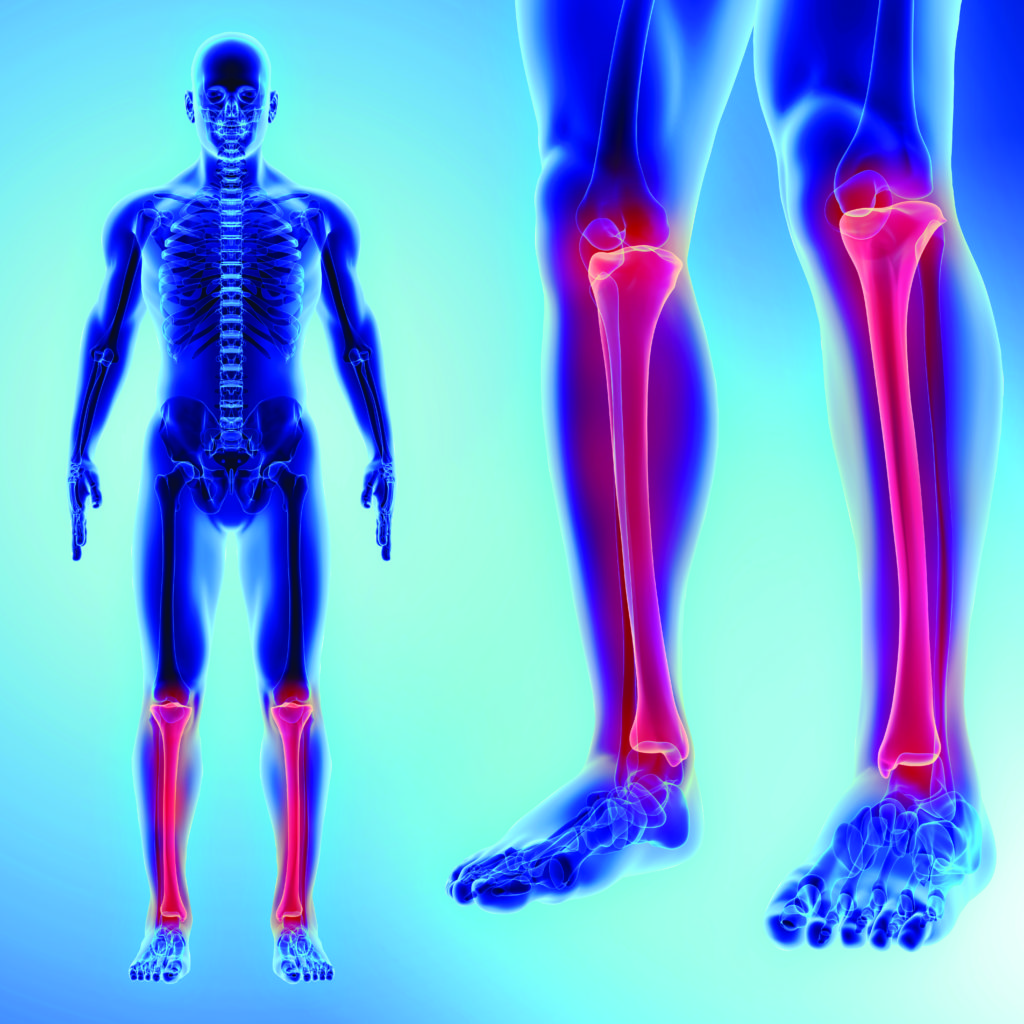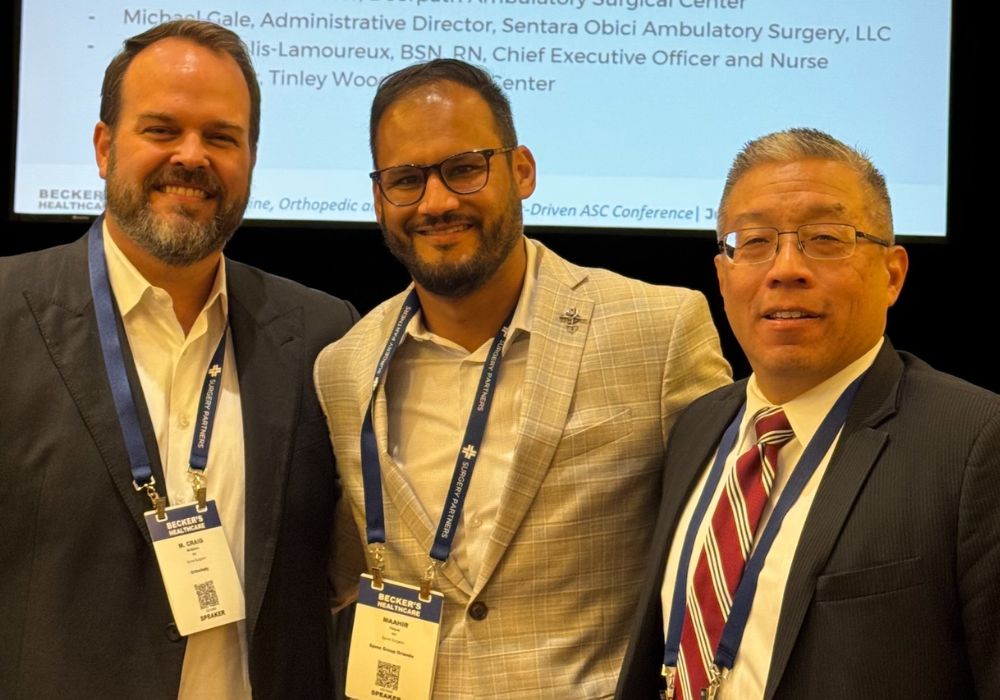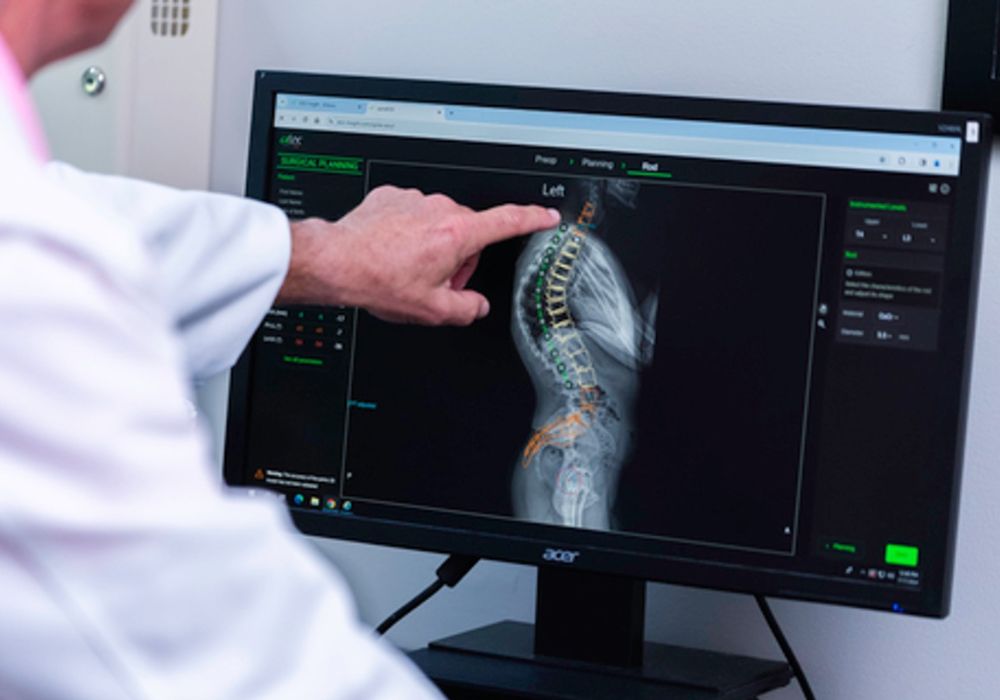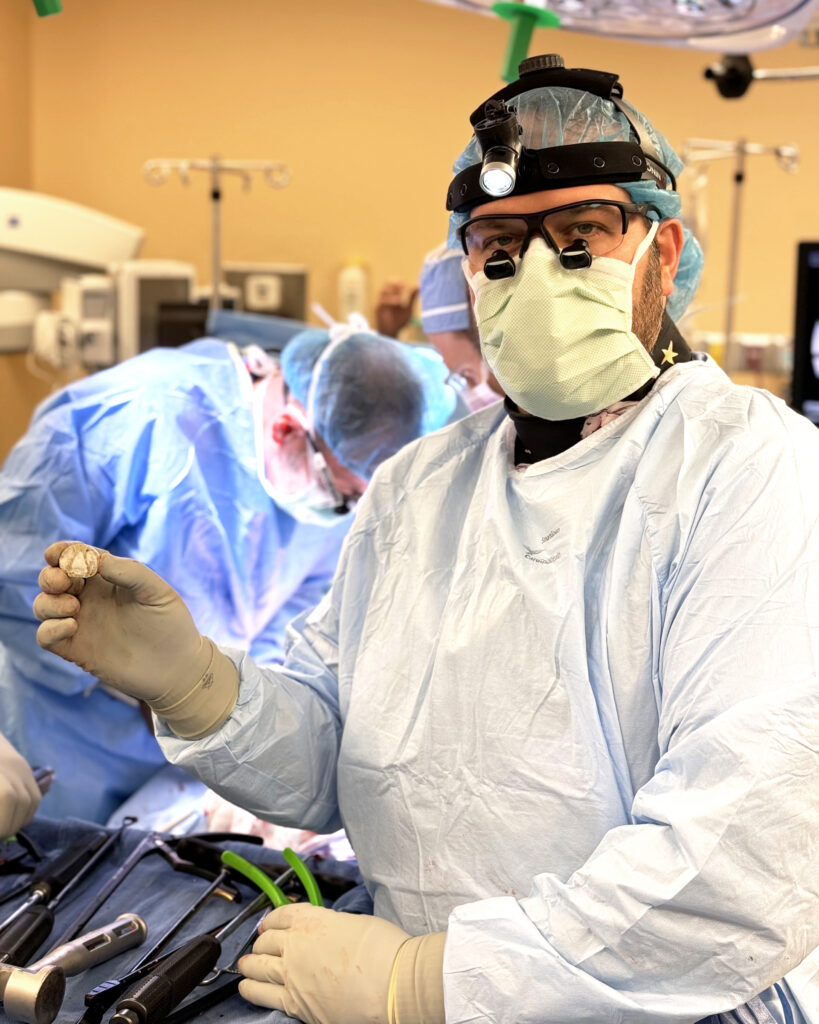THIS POST IS PART OF THE ULTIMATE GUIDE TO FOOT AND ANKLE INJURIES
Limb lengthening is a subset of a larger orthopedic specialty known as limb deformity correction. Dr. Stephen Greenfield, a recent addition to the OrthoIndy team, explains the new technology and opportunities for patients with limb length inequality and other limb deformities.
Limb deformities can result from a variety of causes including: Prior trauma and resulting malunion (where a normally aligned bone heals in an incorrect position), developmental causes such as growth plate injuries and congenital problems where patients are born with an unusual shape to their bone.
Dr. Greenfield also has a background in bio-medical engineering, which led to an interest in mechanics of motion and alignment. He then pursued dual fellowship training in foot and ankle and limb deformity surgery.
“New advancements in limb lengthening surgeries offer the ability to correct orthopedic problems with the same accuracy as we can measure them, a reality rarely accomplished in orthopedics,” said Dr. Greenfield. “I also value the often long-term relationships that I form with patients throughout the hands-on treatment process.”
Dr. Greenfield explains limb lengthening, how it works and why it might benefit you.
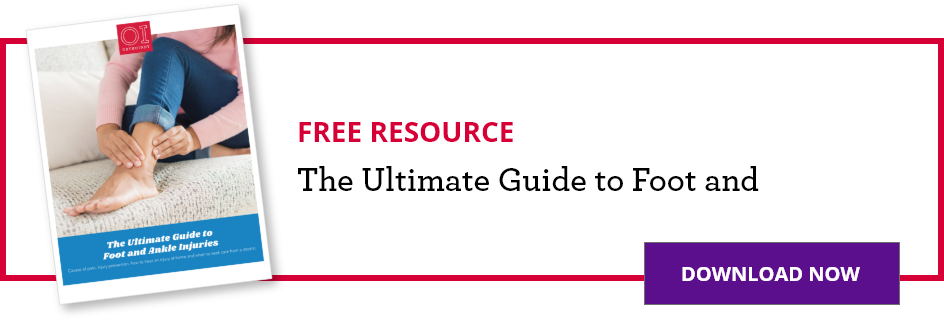
What is limb lengthening?
Bones can be deformed in a number of ways including: Angulation (inward, outward, front, back), rotation (twisted) or length abnormalities. A thorough orthopedic exam focusing on the entire limb is required to understand the complex interaction between the shape of the bone and the muscles and other soft tissues that affect range of motion and function.
This exam is paired with a detailed analysis of X-rays to understand exactly the location and magnitude of the deformity. Combining these two pieces of information, we then make a decision on how to correct the deformity in the least invasive means possible.
How does it work?
Bone is one of the few tissues in the body that, in response to injury, repairs itself with healthy bone. This is due to the constant remodeling process where old bone is removed and new bone is formed.
To lengthen a bone, the bone is carefully broken using a drill and chisel. This is done through a small one centimeter incision. Gradually, the bone ends are pulled apart (distracted) at a very specific rate. The body sees this surgical break as a fracture and attempts to repair it.
Each day, however, the fracture stretches and the body starts over and fills in the gap. The rate of distractions is critical because too slow results in early healing while too rapid will cause the bone not to heal.
How does this happen each day?
New advancements in the field have changed the process. Lengthening rods or “nails” are now being used to correct limb length inequality. The nail is inserted in surgery after the osteotomy (break) is performed.
Several times a day, the patient uses a transmitter to tell the nail to grow by a very small amount. During the process, the patient can put some weight on the leg. Depending on the deformity, it may be necessary to use an external device that the patient adjusts according to a detailed schedule provided by the surgeon.
When would someone need this treatment?
There is no definitive answer to when surgical correction is absolutely indicated. Not all limb length inequalities and deformities are significant. Often, people can have subtle differences and never know it.
However, it is best to be evaluated as each patient has unique aspects of their exam and imaging that affect the decision for treatment. As a general rule, limb deformities that arise later in life tend to be less well tolerated and often cause hip and back pain in addition to increasing the wear and tear on the knees and ankles.
Is the limb lengthening process painful?
The surgical process is very well tolerated due to modern anesthesia techniques. After surgery, there is a short window where no lengthening is performed as the healing process needs to start. During the lengthening process, there is discomfort, which is easily managed with medication.
Often patients are encouraged to be active and even bear some weight on the leg. Once the lengthening stops, patients are free of the discomfort and often come off medicine even before the bone has fully healed.
Are there other options to consider?
A non-surgical alternative to lengthening is shoe lift modifications. A surgical alternative to lengthening is limb shortening. However, this is not always a great option as it acutely changes the tension and therefore the power of the muscles in the leg. Often, permanent weakness and loss of motion can result. Braces can help with angular deformity, but rotational deformities can only be truly addressed with surgery.
To make an appointment with Dr. Greenfield, please call 317.575.2720 or learn more about foot and ankle treatment at OrthoIndy.
Schedule an appointment
Your well-being is important to us. Click the button below or call us to schedule an appointment with one of our orthopedic specialists. If your injury or condition is recent, you can walk right into one of our OrthoIndy Urgent Care locations for immediate care. For rehabilitation and physical therapy, no referral is needed to see one of our physical therapists.


